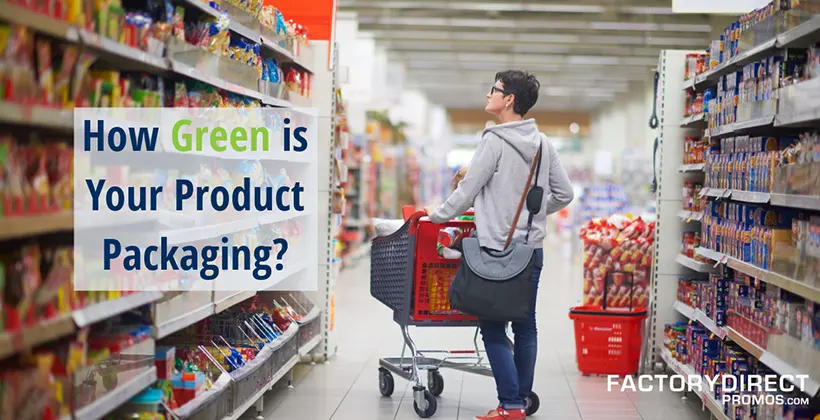Companies Improve Sustainability by Streamlining the Packaging Waste Stream

Plastic pollution is a problem, and recycling efforts have yet to address the issue adequately. Microplastics are just about everywhere, and even if you try to do the right thing and recycle, it may not work out as intended. The systems in place do not work, and practical solutions to our current situation are lacking, so some businesses are trying to address the recycling problem from a new perspective.
Drawbacks of Current Recycling Programs
Part of the reason the system doesn’t work is that it’s so disjointed. Not all facilities can process the same materials, so curbside programs vary in what they accept. Items considered recyclable in some areas are not accepted in neighboring regions, which causes confusion or mistrust. Consumers often guess what items should go in a recycling bin or a trash can, and sometimes, they guess wrong. One non-recyclable item that isn’t removed in time can contaminate an entire load of recyclables and render everything unsuitable for recycling.
The stakes are high, and there is a lot of confusion and misunderstanding surrounding the entire process. “The U.S. recycling system is still focused on readily recyclable curbside packaging, and the majority of food packaging does not fit that system,” explains Alison Keane, CEO of the Flexible Packaging Association.
What’s more, not all homes have curbside programs. Recycling efforts lag in rural and low-income areas. Data shows Americans want to recycle, but that isn’t always possible. Lack of education and access to recycling programs contribute to the low national recycling rates in the U.S.
Updated Packaging Strategies
Major brands understand the environmental and social importance of implementing green policies in their packaging. L’Oréal has made strides in improving the eco-friendliness of its packaging over the last decade-plus, and they intend to use 20% less material in their packaging by 2030. Kellogg is on track to make 100% of packaging either recyclable or compostable by 2025. Nestle has vowed to exclusively use recycled content in its packaging by 2030.
Benefits of Reimagined Packaging
Brands understand their role in the recycling crisis and are taking action to reduce their environmental impact and, by extension, their customers’ environmental impact. Utilizing less packaging minimizes waste, which reduces the effect on the waste stream. Opting to only use material made from recycled content increases the demand for this material and reduces the use of virgin material. Finally, using recyclable materials enables customers to responsibly dispose of the packaging when done with the product.
These actions show customers that your brand is serious about enacting change. Customers appreciate and often seek out brands that prioritize sustainability. Going green is good for the planet, but it also helps create a connection between your brand and your customers.
What Can Your Brand Do?
Your brand can make a difference by incorporating green practices into your packaging and marketing materials. Sustainable materials lessen your brand’s environmental impact and help distinguish your brand as responsible, thoughtful, and conscientious. Consumers check labels and want to know if items can be recycled, so give them what they want, help streamline waste, and make the planet green.
